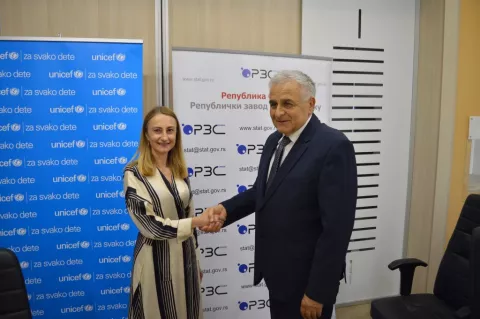Gender aspects of the life course
Seen through MICS6 data

- Available in:
- Srpski
- English
Highlights
This report presents an analysis of MICS6 data from a gendered life-course perspective, focusing on the following aspects:
- Gendered patterns of child-raising practices and support to children’s learning processes;
- Gender differences in key pathways during children’s development, including their learning and schooling, and in their exposure
- to harmful practices that can prevent full development, such as violent disciplining methods, child labour, early marriage and childbearing;
- Well-being related to sexual and reproductive health and rights;
- Feeling of safety and non-discrimination; and
- Subjective well-being observed through life satisfaction and feeling of happiness.
The analysis is based on the assumption that gender-specific situations, problems, needs, as well as gender gaps and inequalities are age-related and influenced by the differences in access to resources specific to different stages in the life course. Unequal access of boys and girls to these ‘resources’ can bring unequal life chances later on in their lives and can open gender gaps that will grow in complexity as they move further through the life course. Respecting UNICEF categorization of childhood phases, this study is structured around the following age groups of children and women: children of age 0–4 years, who are in the phase of early childhood; children of age 5–14 years, who are in the phase of middle childhood and early adolescence; children of age 15–17 years, who are in late adolescence; women of reproductive age as a whole (15–49), with various age disaggregation depending on different aspects.



